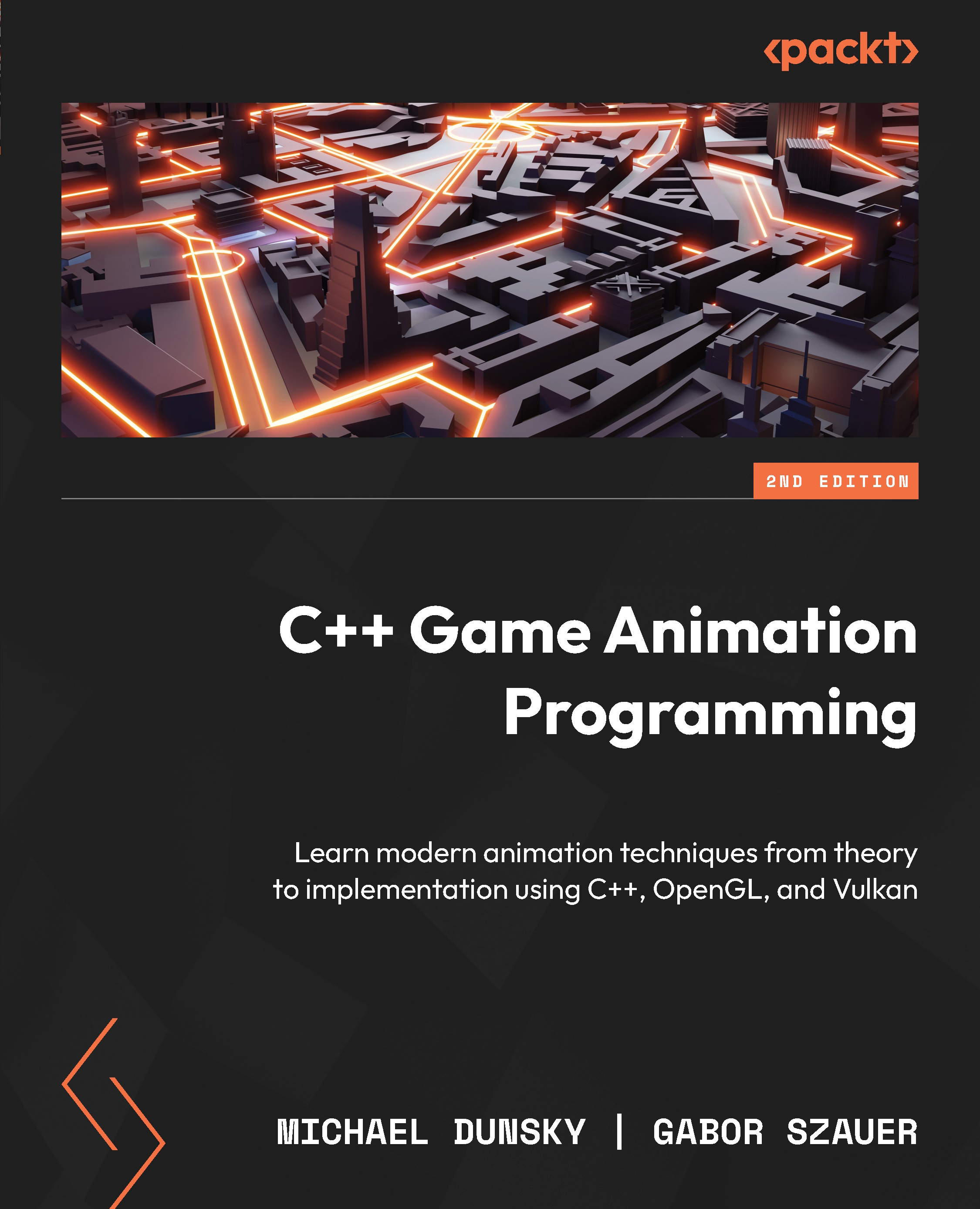The rendering pipeline of OpenGL 4
OpenGL is one of the most used graphics libraries to render objects in 3D, and also 2D, to the screen. It is not just the world, buildings, trees, or characters that are drawn using OpenGL; other elements (such as the user interface or a 2D map) are brought to the screen with the help of OpenGL draw calls.
The library has faced several evolutionary steps since its initial release in 1992, with each version giving the developer more and more control of the underlying graphics hardware. While the rendering pipeline in OpenGL had only limited features and fixed operations, the latest version (4.6) offers high flexibility for all components. All green components are programmable in the later versions:

Figure 2.1: The OpenGL graphics pipeline
Figure 2.1 can be understood as follows:
- The characters we will draw are made of triangles, and the Vertex Data of these triangles is sent from our application to the graphics...
































































